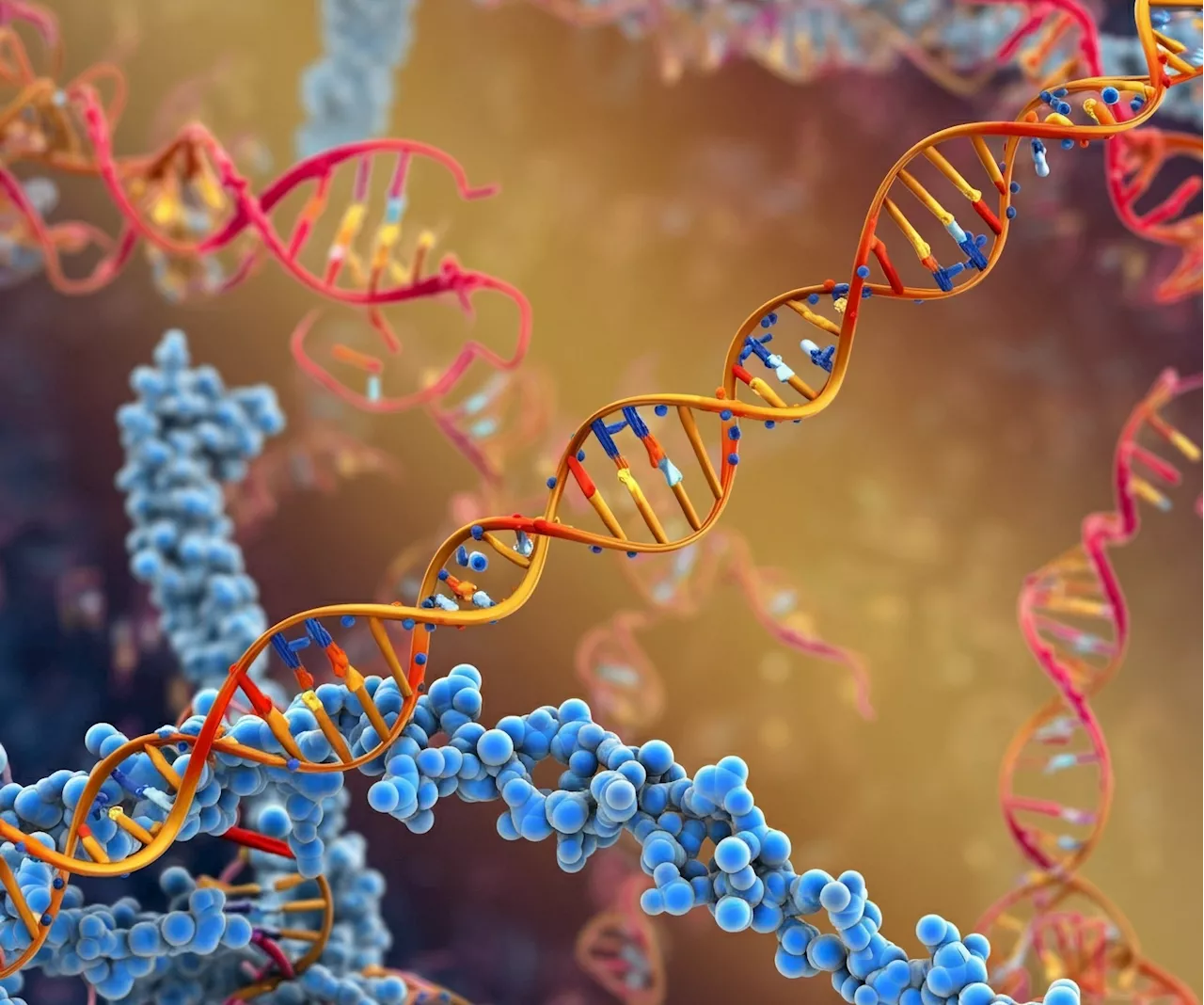Review explores how microRNAs (miRNAs) interact in cancer development, their potential in diagnosis, and innovative therapeutic strategies, including overcoming chemotherapy resistance.
By Dr. Liji Thomas, MDReviewed by Benedette Cuffari, M.Sc.Oct 20 2024 Groundbreaking research uncovers the role of mi RNA s in driving cancer while offering innovative diagnostic tools and therapies, including solutions to chemotherapy resistance.
After their synthesis as primary miRNAs, miRNAs undergo processing to become mature functional miRNAs. Functional miRNAs are found in both intron and exon noncoding RNAs and the introns of pre-RNAs. Interactions between miRNA are currently being explored through high-throughput RNA sequencing , such as PANDORA-seq and Nanopore MinION RNA-Seq. Imaging technologies, including single-molecule imaging and cryo-electron microscopy, can also provide important insights into the dynamic interactions between miRNAs.
Bioinformatics can be coupled with computational techniques to predict how certain miRNAs will function. Combining this computational data with experimental information can improve the prediction accuracy of miRNA interactions while also revealing unknown associations between regulatory and target molecules.
Newer delivery systems like nanotechnology offer novel applications, including diagnostic and therapeutic tools like biosensors and miRNA-nanoparticle drugs. Nanotechnology improves drug bioavailability, specificity, and the effectiveness of miRNAs.
Cancer Diagnosis Animal Model Apoptosis Bioinformatics Caenorhabditis Elegans Cell Cell Cycle Chemotherapy Diagnostic Drugs Efficacy Exon Gene Genes Imaging Immunotherapy Intron Introns Molecule Nanoparticle Nanotechnology Oncology Protein Research RNA Transcription Translation Tumor
United Kingdom Latest News, United Kingdom Headlines
Similar News:You can also read news stories similar to this one that we have collected from other news sources.
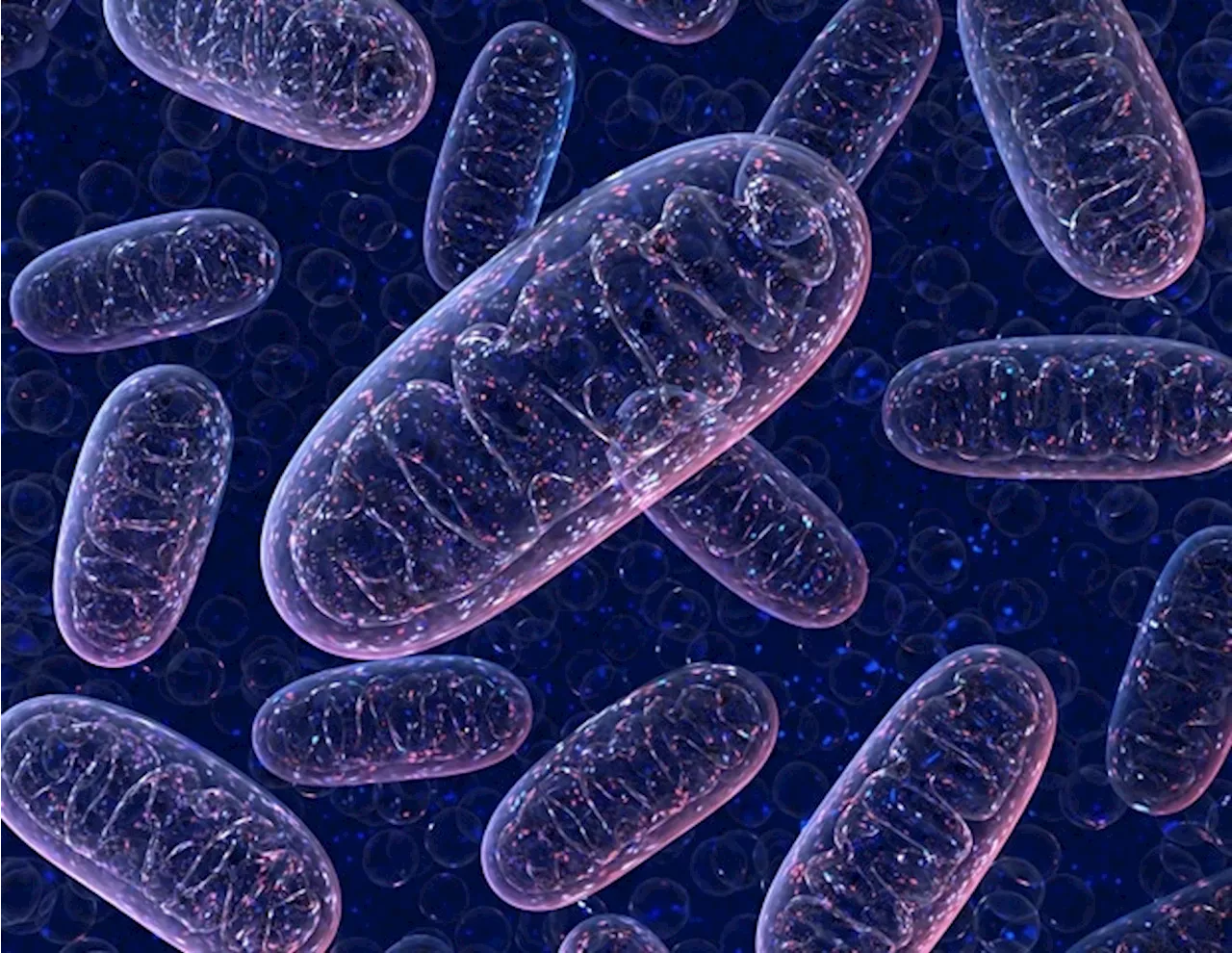 Scientists develop new method for relocating misplaced proteinsCells are highly controlled spaces that rely on every protein being in the right place. Many diseases, including cancers and neurodegenerative disorders, are associated with misplaced proteins.
Scientists develop new method for relocating misplaced proteinsCells are highly controlled spaces that rely on every protein being in the right place. Many diseases, including cancers and neurodegenerative disorders, are associated with misplaced proteins.
Read more »
 Scientists pin-point 'very likely' source of Covid-19 pandemicTheories have ranged from a wet market in the Chinese city of Wuhan, to a leak from a nearby laboratory
Scientists pin-point 'very likely' source of Covid-19 pandemicTheories have ranged from a wet market in the Chinese city of Wuhan, to a leak from a nearby laboratory
Read more »
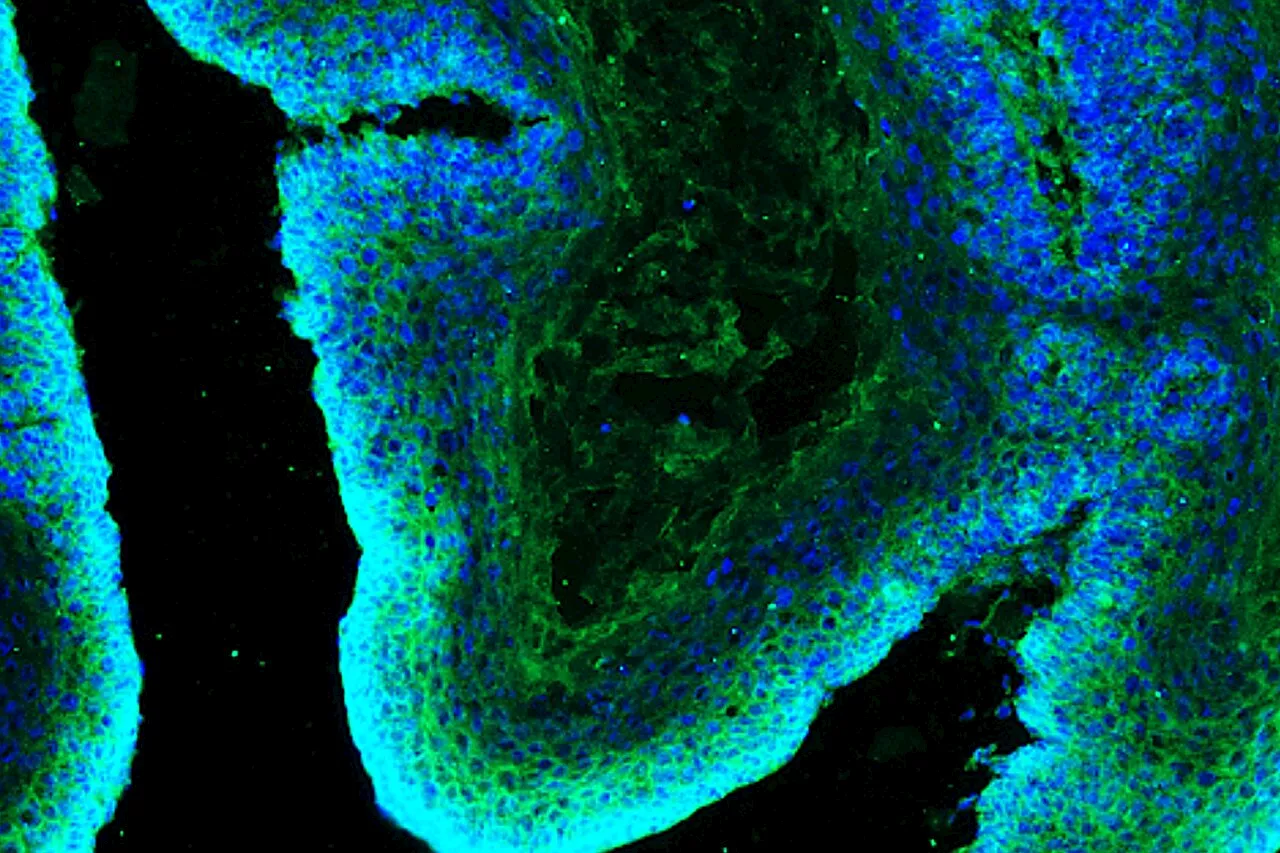 Scientists uncover limits of metabolic flexibility in squamous cell skin cancerScientists at the Eli and Edythe Broad Center of Regenerative Medicine and Stem Cell Research at UCLA have identified key metabolic mechanisms that squamous cell skin cancers use to resist treatment, offering new insights into how to potentially stop cancer growth.
Scientists uncover limits of metabolic flexibility in squamous cell skin cancerScientists at the Eli and Edythe Broad Center of Regenerative Medicine and Stem Cell Research at UCLA have identified key metabolic mechanisms that squamous cell skin cancers use to resist treatment, offering new insights into how to potentially stop cancer growth.
Read more »
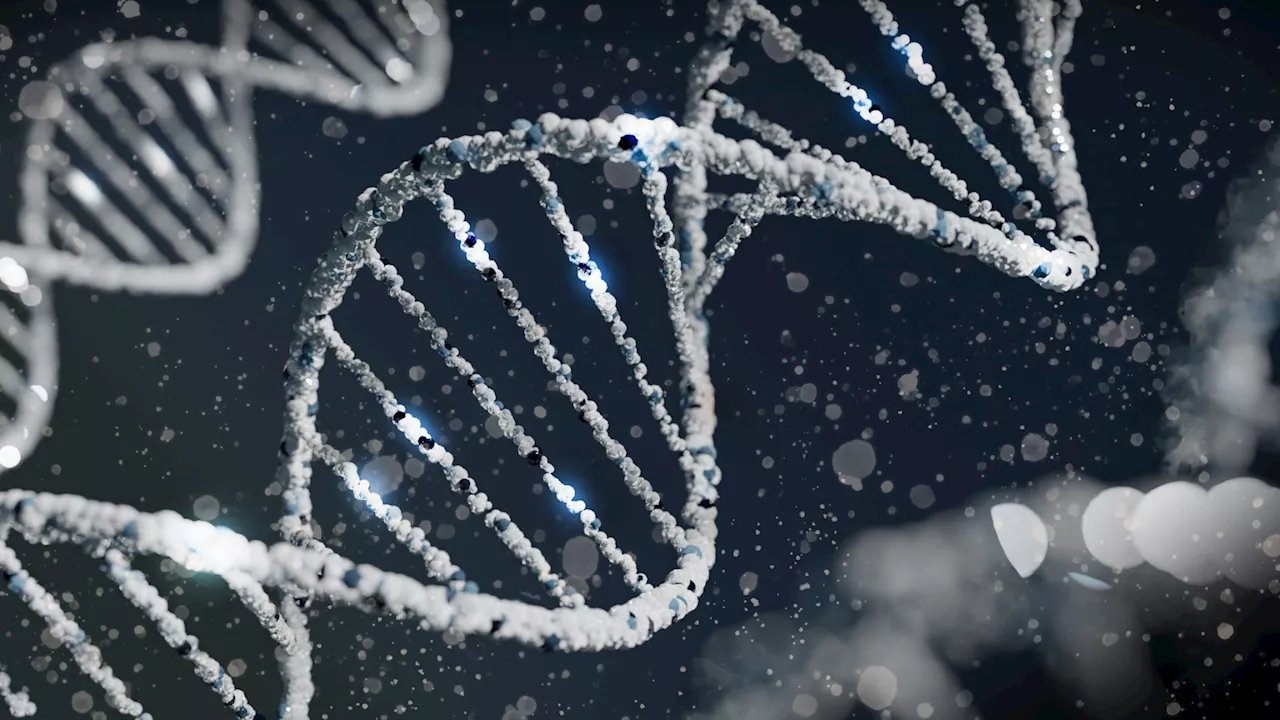 Most new recessive developmental disorder diagnoses lie within known genes, say scientistsScientists have conducted the largest and most diverse study to date on how recessive genetic changes contribute to developmental disorders. They found that most undiagnosed cases that are due to recessive causes are linked to genes we already know about, and suggest a shift in research focus could improve diagnosis rates.
Most new recessive developmental disorder diagnoses lie within known genes, say scientistsScientists have conducted the largest and most diverse study to date on how recessive genetic changes contribute to developmental disorders. They found that most undiagnosed cases that are due to recessive causes are linked to genes we already know about, and suggest a shift in research focus could improve diagnosis rates.
Read more »
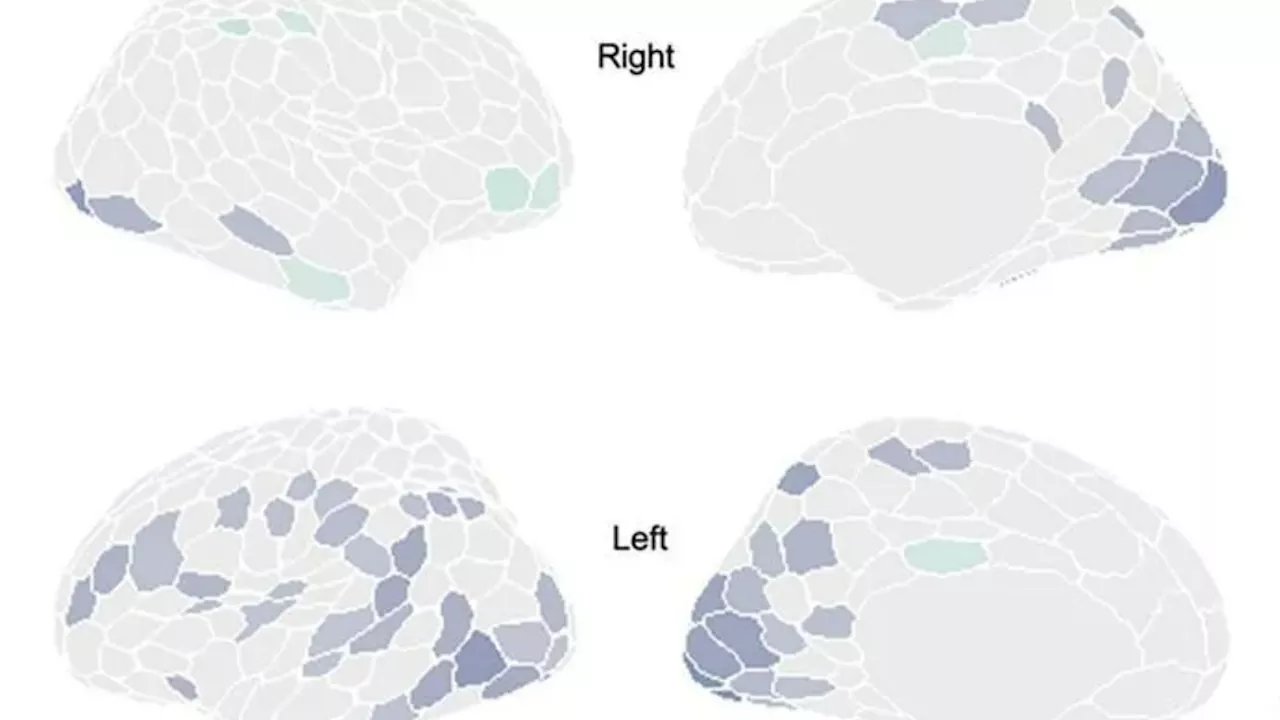 Men’s brains SHRINK by 8pm everyday – before resetting overnight, scientists discover...BRAIN DRAIN Are you a serial overthinker- Expert reveals why your hormones may be to blame
Men’s brains SHRINK by 8pm everyday – before resetting overnight, scientists discover...BRAIN DRAIN Are you a serial overthinker- Expert reveals why your hormones may be to blame
Read more »
 Scientists demonstrate X-rays as a way to zap asteroids out of Earth's pathLab-based proof-of-concept shows how radiation creates explosive plumes to deflect menacing space rocks
Scientists demonstrate X-rays as a way to zap asteroids out of Earth's pathLab-based proof-of-concept shows how radiation creates explosive plumes to deflect menacing space rocks
Read more »
